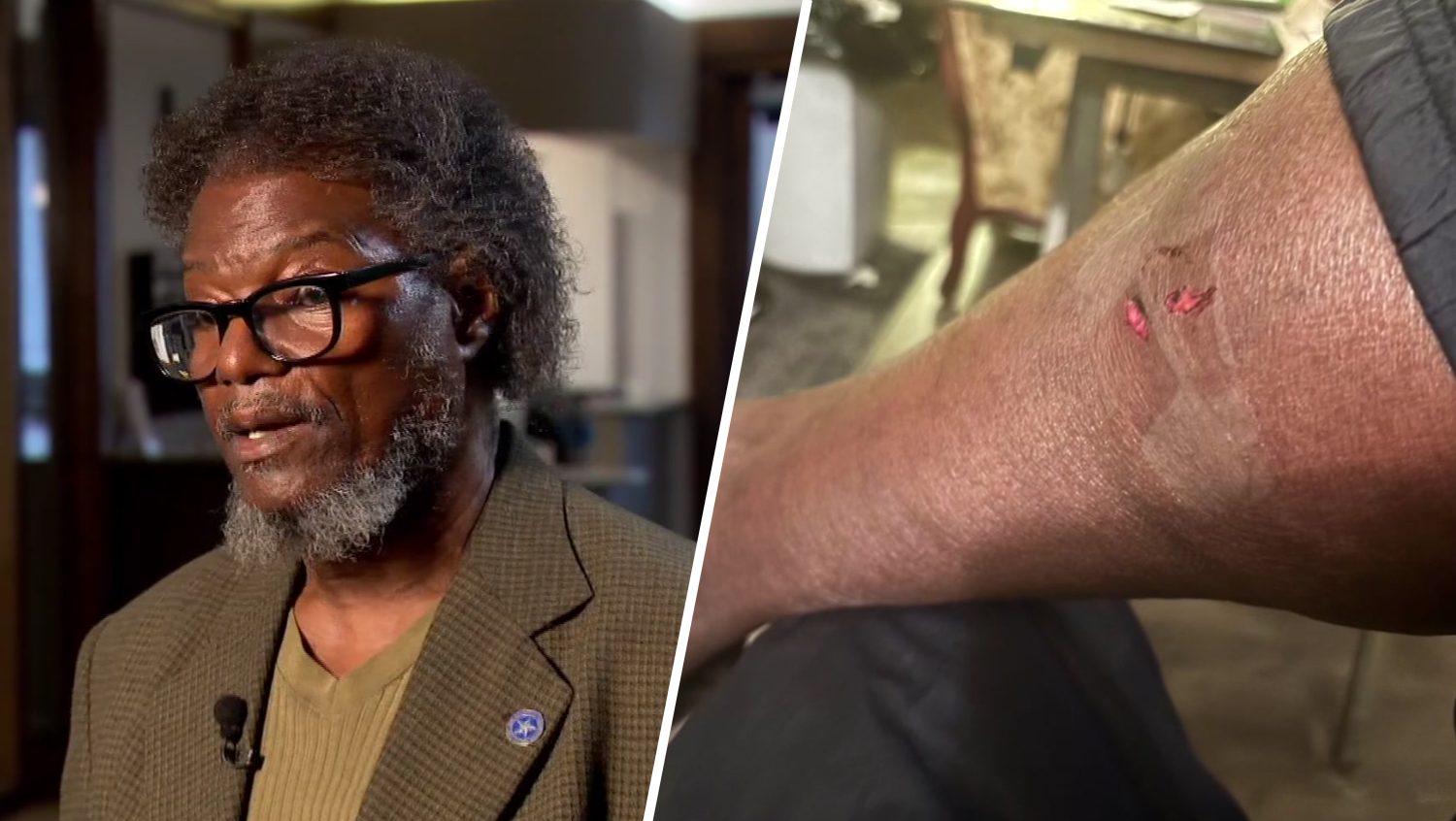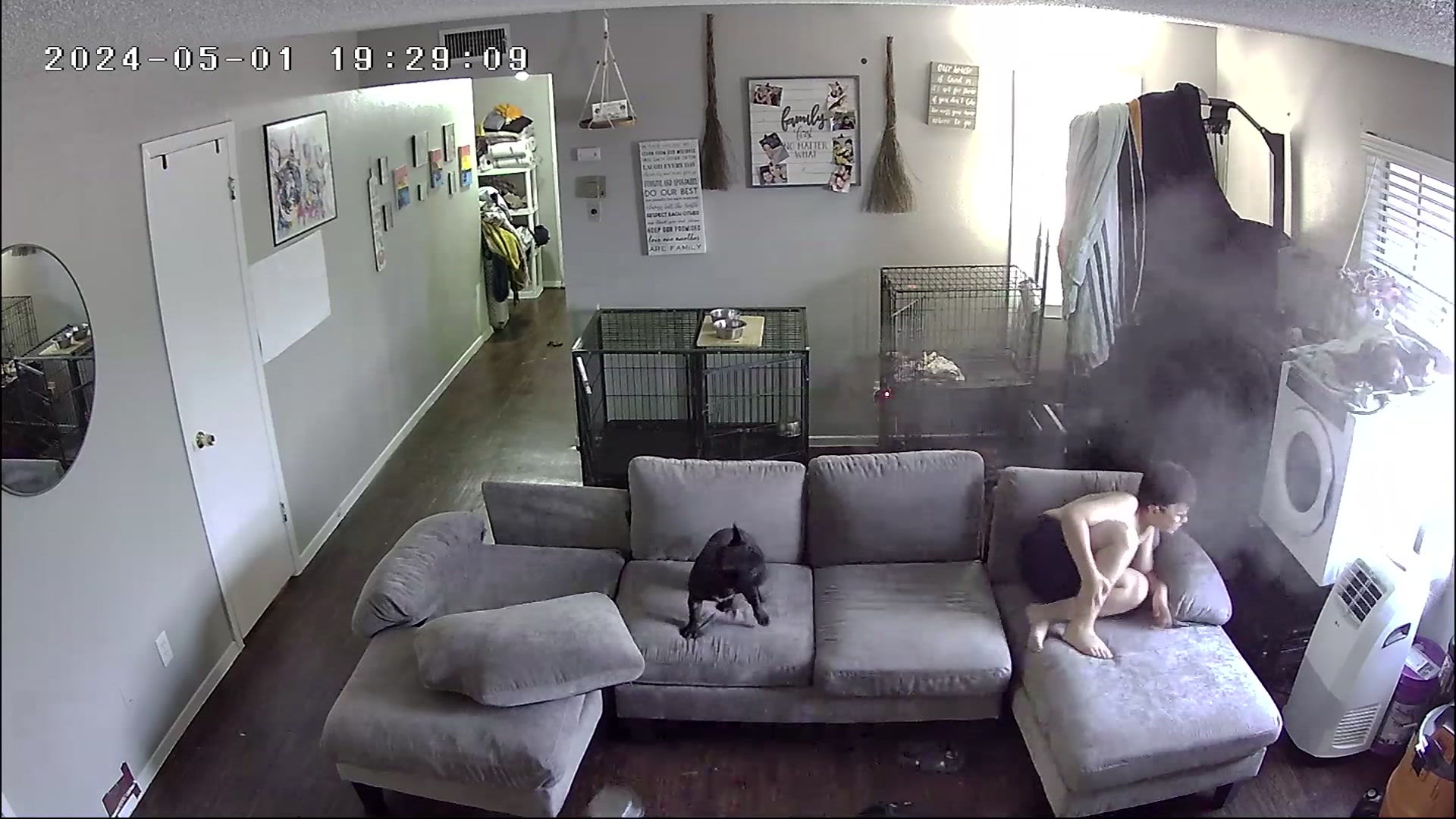Planners with the Trinity Park Conservancy revealed the model Friday for the largest portion of a long-planned Dallas Trinity River Park and also a promotional video for the groundbreaking which is scheduled in 2024.
NBC5 first reported in June that the park will not be built in between the levees downtown as had been planned since voters first approved a park in 1998.
The U.S. Army Corp of Engineers that controls the floodway never endorsed park construction inside the levees that was approved by Dallas voters in 1998.
The latest plan for Harold Simmons Park, named for the family that donated $50 million, is a series of parks outside the levees adjacent to the river with access to green space and trails that were constructed between the levees.
Get DFW local news, weather forecasts and entertainment stories to your inbox. Sign up for NBC DFW newsletters.
The nonprofit Trinity Park Conservancy has purchased land in old industrial areas for the parks outside the levees.
“This is about having the right real estate to make sure Dallas has the park it deserves and to make sure this is a Tier One Park. And so, where we could not put brick and mortar, we were fortunate to find an industrial site right next to area that city was offering to us park land,” Trinity Conservancy CEO Tony Moore said.
Local
The latest news from around North Texas.
The model of the largest 22-acre park segment is along Commerce Street near Beckley near the existing Trinity River overlook. The park will reuse portions of an old steel company building.
The Conservancy will release more details on amenities in the park Monday and the date for a 2024 groundbreaking.
“This park has been delayed for quite a while. I will say that the park we have today is really a much better park than what we initially proposed,” Moore said.
Cost for the park is now estimated at $325 million, due to additional amenities but also because of additional real estate expenses. The land between the levees was already publicly owned.
“This will be transformational for Dallas,” Moore said.
Big new apartment buildings have already sprung up around the area.
Abby Rismiller, a new resident in one of those buildings, saw the park plans Friday said she is fine with the changes instead of what was planned inside the levees.
“I think this is acceptable, yeah. I’m excited for that. I have always wondered what could be used for that land over there,” she said.
Some of the businesses in the industrial area have already moved out. But tenants still operating in some others who did not want to talk on television said they thought they had years longer to stay.
“We are working with the community and the landowners and are fortunate that we have gotten to the point that we have full control of the land. However, it’s a continual conversation with the communities,” Moore said.
The Trinity Park Conservancy will be tasked with operating the new parks, somewhat like the arrangement with Klyde Warren Park over the Woodall Rodgers Freeway, which is operated by a nonprofit foundation.

Moore said conversations are ongoing with the city of Dallas on funding arrangements for what will be city assets.
Dallas City Councilmember Omar Narvaez who represents the West Dallas area of the planned park said he has seen the plans and supports the project.
Narveaz said there were many community meetings for input in the park planning process.
A tollroad was included in the 1998 Trinity River plan approved by voters but the road was killed by the Dallas City Council in 2017.



